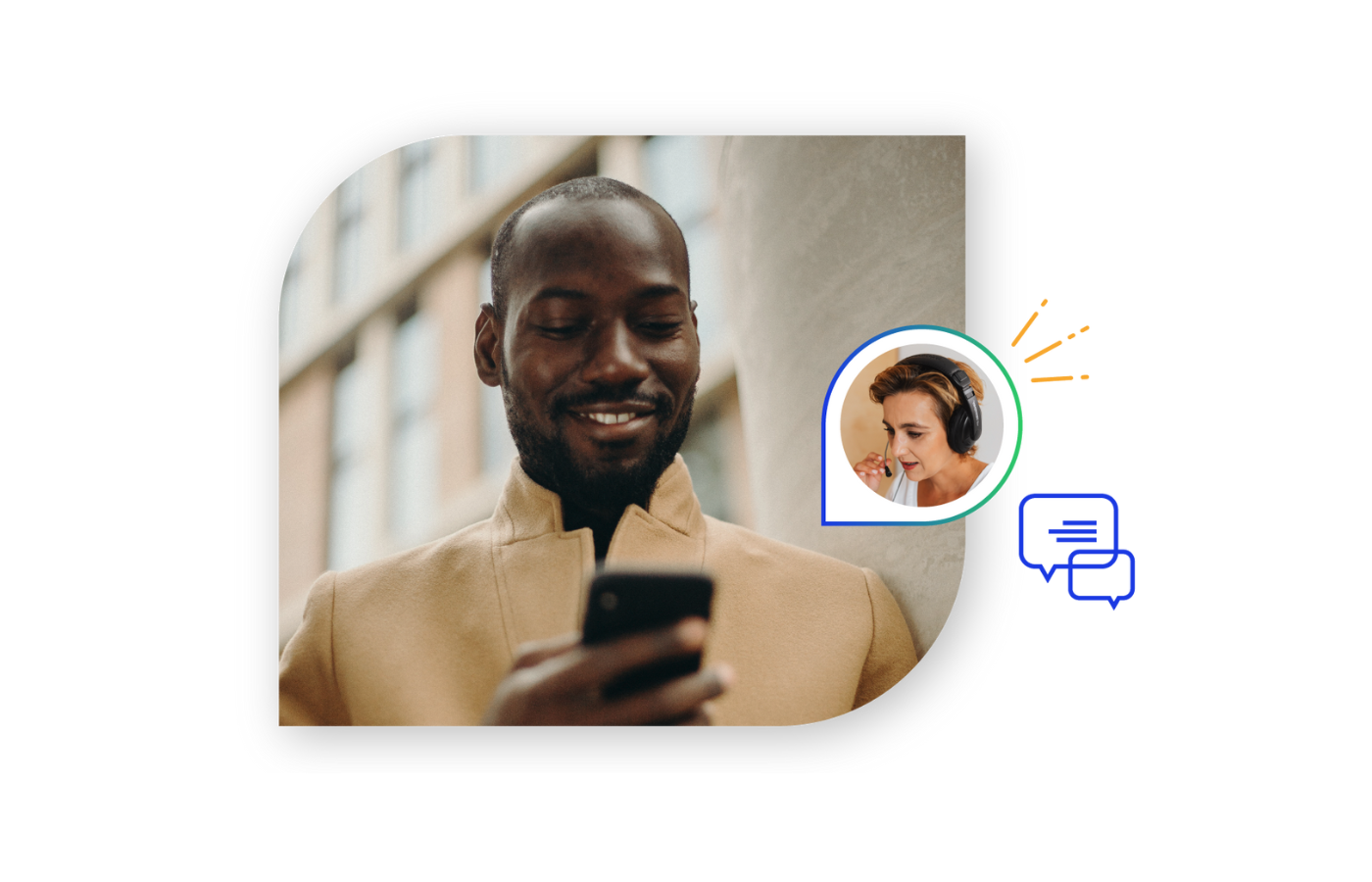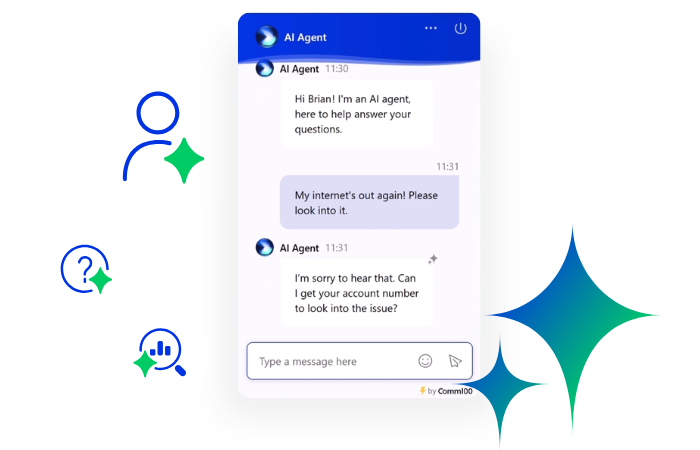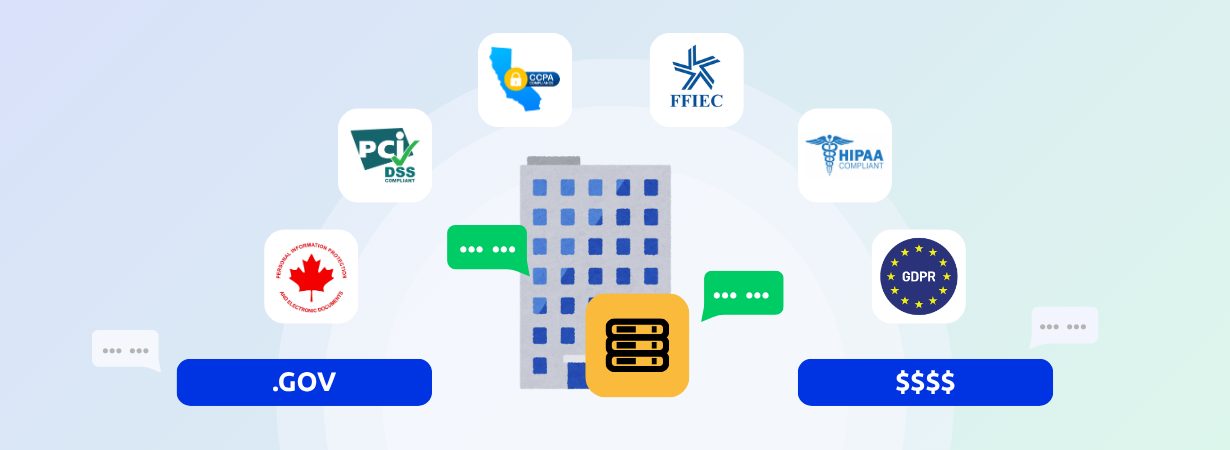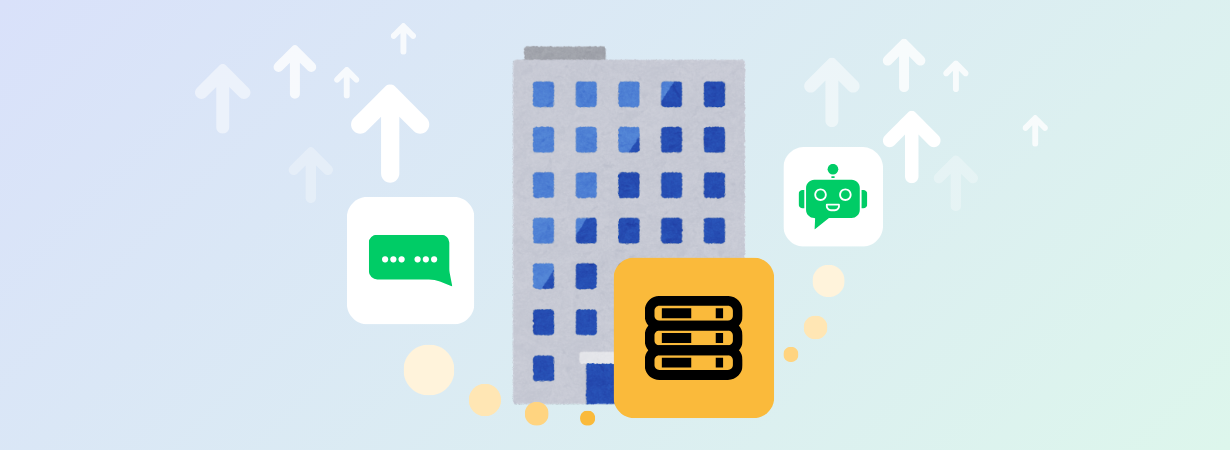Citizens today expect transparent and responsive services from the public sector. And those expectations are rising. Government agencies are making significant investments in technology with global investment expected to rise to $476 billion by 2020. Constituents want new technologies that they’re using elsewhere and governments need to keep pace with the demand for increased accessibility and user-friendly interfaces.
Renewing a driver’s license, filing taxes, and obtaining permits are some of the most frequent interactions citizens have with government services. Each of these direct government-to-citizen, or G2C, experiences are paramount in shaping perceptions of and building trust in public sector agencies.
Unfortunately, many regional and local governments are still structuring services based on their own requirements, instead of the needs of the citizens they serve. As a result, governments face not only declining citizen satisfaction and eroding public trust but also increasing costs associated with delivering services across multiple channels.
Here are four ways how:
- Balancing citizen needs with industry regulations
- Offering a new way to connect
- Scoping the entire citizen journey
- Listening to the public voice
Balancing citizen needs with industry regulations
Transforming the G2C experience begins with a mind shift – re-drawing the connection between current government priorities and what citizens actually need. Government agencies need insight into which services cause the most friction and create action plans for improvement.
However, there is no one-size-fits-all strategy for service improvement – even more so for a sector where the tension between stakeholder satisfaction and implementation feasibility is palpable. Striving for zero wait times and instant transactions across all government services is unrealistic. Strict regulations dictate that any new technology investment needs to pass stringent security verification processes.
At their core, government agencies need to adhere to the highest standards of security and privacy. 51% of citizens are worried about hackers targeting their confidential information on government websites. In the past, this has presented barriers to citizen engagement, as it was just easier to avoid capturing personal data – causing agencies to quickly fall out of step with emerging technologies and citizen expectations. Live chat strikes the right balance between delivering timely, accessible services and complying with strict security regulations.
With state-of-the-art security protocols and encryption tools to protect confidential citizen records, live chat helps agencies deliver great G2C experiences with a fully secure and compliant platform that doesn’t put citizens’ data at risk. Chat’s flexible configuration and range of deployment options – like on-premise deployment – lets governments reap the benefits of real-time communication while complying with mandated security and privacy requirements.
Offering a new way to connect
Government agencies are notorious for offline communication that often comes just a little too late. The old ways of reaching constituents just don’t cut it anymore. According to Conduent’s 2018 citizen experience report, 65% of citizens prefer interfacing with government services online. Many public sector agencies are already making this happen through websites and mobile apps designed for accessibility.
Government agencies that proactively share information with citizens see improved levels of satisfaction while also reducing costs, as these alerts divert demand from resource-intensive channels. Live chat makes this easy with proactive chat invitations to deliver transit information, traffic alerts, weather warnings, and more.
For example, governments with seasonal schedules for transit systems can program alerts on live chat and invite visitors to learn more about upcoming changes. By proactively offering this information, they’re reducing the volume of visitor inquiries later down the line and saving not only their constituents time but also their employees’ time.
Live chat is the natural evolution of citizen engagement because it reflects how people want to connect now. Real-time communication through chat helps citizens vault over typical obstacles like long forms, confusing legal jargon, and lengthy in-person wait lines.
Scoping the entire citizen journey
The citizen journey is how a person interacts with government services. This journey is multitouch, multichannel and cross-functional in nature – anchored in how citizens think about their experience, rather than how government agencies view their service delivery processes.
G2C experiences are direct interactions that compose the end-to-end journey. Agencies that skillfully manage those experiences will see higher levels of citizen satisfaction. However, rather than focusing on each individual interaction, government leaders need to view services from a citizen point of view. This means considering the entire citizen journey – from when a person begins looking for information to the time the service is delivered.
Live chat is a tool that transcends the citizen journey and acts as an anchor for all touchpoints. With advanced functionality like automatic routing rules to get the right people to the right department, chat cuts out touchpoints that are unnecessary in the first place. 1 in 3 citizens stated online government services need to be more accessible. Cutting out redundant steps improves accessibility of information for the citizen and increases availability for your employees.
No matter what a citizen needs throughout their journey, live chat offers them instant access to an agent. From seeking information about eligibility for government benefits to making transactions and paying application fees, chat offers the quick, easy service that your citizens want right then and there.
Listening to the public voice
Live chat is a reliable way for government leaders to keep a finger on the pulse of their constituents. As stated earlier, conventional customer service metrics like length or number of phone calls don’t paint the full picture. By moving past conventional metrics and using qualitative, conversation-based data in your customer satisfaction strategy , seeing where citizens drop off or are unsatisfied becomes that much clearer.
Combining chat metrics such as chat volume and customer satisfaction scores with conversational intelligence yields additional insights beyond what citizens may reveal in government surveys. This mix of data gives governments visibility into service pain points and areas for improvement.
With chat, government leaders don’t just collect citizen feedback — they can regularly aggregate and analyze both qualitative and quantitative data, painting a more complete picture of the citizen experience. These conversational metrics capture satisfaction both at discrete touch points and along the entire citizen journey.
Naturally, just capturing the data isn’t enough. Transforming the G2C experience means that agencies need to understand these metrics and feedback, make drive improvements. Change doesn’t happen overnight. As with any technological investment, leaders need to invest time and resources to deliver and sustain the changes that citizens demand.
Wrap-up
Transforming the G2C experience isn’t easy, but live chat can do more than just help. As a cost-effective, highly accessible tool with proven success in consumer and B2B experiences, live chat’s benefits easily extend to local and regional governments.
By taking a citizen-centric approach, chat helps agencies better understand and meet citizen expectations. Agencies then translate those expectations into targeted, effective service improvements through the insights live chat brings to the table. When governments improve at delivering services based on the needs of the people they serve, public satisfaction goes up.
Powerful live chat software
Offer real-time, personalized, efficient support that your customers and agents will love at 1/3 the cost of voice support.
Learn more
Comm100 Live Chat







